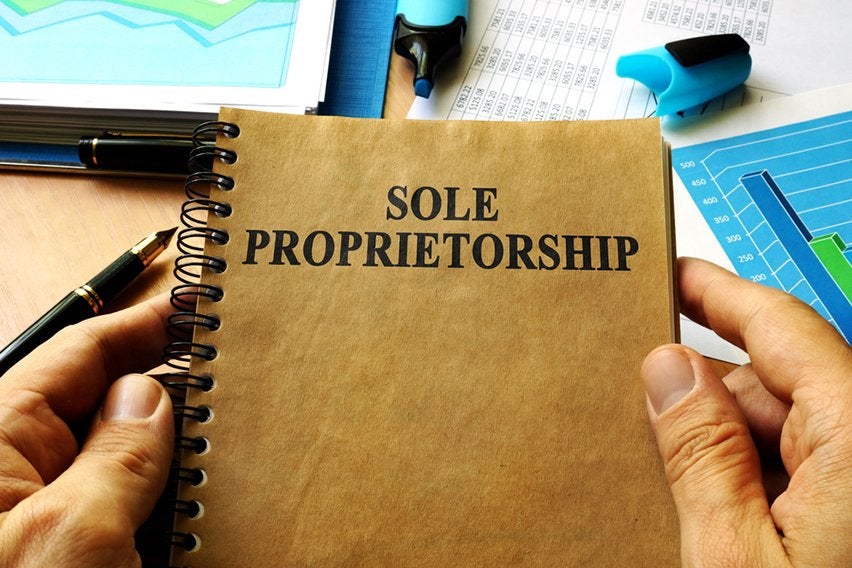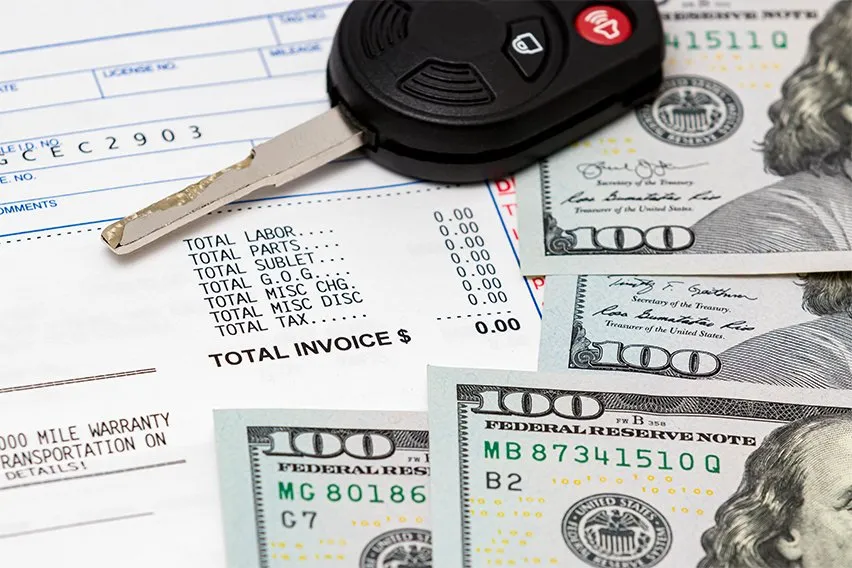What Is Inventory? Definition & Types

If you run an e-commerce business or brick-and-mortar store, you’ll need stock. Stock or inventory is the lifeblood of your business. It’s a key part of the supply management chain for product businesses around the world. In this guide, we’ll break down the definition of inventory and its different main forms.
Here’s What We’ll Cover:
Benefits of Inventory Management
How to Do Inventory Accounting
What Is Inventory?
Inventory is a collection of finished goods or items for manufacture held by a company for business purposes. The company could sell the inventory for profit. That means the products are finished and ready for selling as they are. Alternatively, the company could supply the goods to partner companies for further manufacturing. The products are then transformed or combined to become a different product. It depends on where the company is in the supply chain.
Inventory is classed as a company asset. You note it as such on your balance sheet. The costs associated with buying, storing and selling inventory are tax-deductible expenses. The gross profit from the sale of inventory must be declared on your tax return as income. Making note of the expenses you incur from the inventory can lower your income tax amount.
When obtaining a business loan, you can use inventory as a floating charge. A floating charge is when a bank secures a loan against a variable non-constant asset of the company. Inventory is a great example as inventory value can fluctuate.

The general pipeline for a smooth-running inventory turnover process is as follows:
- You receive components or wholesale products from your vendors.
- You prepare the inventory for resale. This could be by changing the inventory in a transformative way. For example, if you’re a cupcake baker and your vendors supply flour, eggs, sugar etc wholesale. Your inventory is the batch of cupcakes you create, ready for sale. Or you could be repackaging the goods for direct purchase. This is the case for finished products.
- You receive orders from consumers looking to buy your products.
- You package, ship and fulfill those orders. In return, you receive money for the sale.
We will take a brief look at the accounting of inventory later in the article.
What Inventory Isn’t
- Equipment you purchase to run your business. For example tools, stationery, machinery, vehicles etc. These are expenses or assets to your company. Only primary products of your business count as inventory.
- Dropshipping businesses somewhat blur the line between wholesale buying and selling. With dropshipping, you defer orders directly to your vendors. You don’t have to store any of the inventory yourself. The vendor ships the order directly to customers. However, the items they sell are not technically “inventory” for the dropshipping business. You have to have the physical products in possession for them to be considered your inventory asset. In this case, the inventory remains with the vendor that is fulfilling the orders. It’s their asset, the drop-shipper is the middleman.
Types of Inventory
Raw Materials
Raw materials are components for creating other items. Back to the cupcake example – flour would be a raw material. You as a baker would need to keep an inventory of the flour to create your goods to be sold.
Finished Goods
Finished goods are items that are ready for sale as soon as you receive them. It could be that you repackage them with your own branding. Or you sell them exactly as they are packaged from your shop at a retail markup.
Work In Progress (WIP)
Work in Progress inventory is stock that isn’t yet ready for sale, but is passed the raw materials stage.
Maintenance, Repair and Operating Goods (MOR)
This type of inventory is most relevant for the manufacturing industry. It doesn’t get counted on the accounting ledger as an asset to the company holding the inventory. However, these items are essential to the upkeep of machinery and other equipment that manufacturers may use. This could include any number of operating supplies such as safety items, gloves, lubricants etc.
Packing Materials
Packing materials are important to any store that holds inventory. Again, this doesn’t tend to count as an asset to the business. However, it is equally essential to have packing materials for fulfilling orders. This could include boxes, branded paper items, protective packaging and so on.

Benefits of Inventory Management
Inventory management is the process of buying, storing and selling inventory in the most efficient way for the business. Having a good inventory management process in place can bring about many benefits for your business:
- Reduce wasteThe worst thing you can do as a business owner with inventory is to have too much of it. Excess inventory is always a problem. Poor inventory turnover could lead to items spoiling if they involve food. Storage costs are expensive too. By having a clear way of viewing your inventory, you can reduce the amount of waste and overbuy you do as a business. The aim is to have the minimum inventory you need to keep fulfilling customer demand.
- Invest in the best productsGood inventory management techniques will highlight your best-selling products. Learn what is selling well for you and you can increase stock levels of those products. This is called demand forecasting. Moreover, you’ll know what to reduce your stock of because it doesn’t sell as well as other items. Therefore, you are further economizing your storage space.
- Create targeting marketing campaignsOver time, inventory control will start to show trends in your customer’s buying habits. Perhaps a certain product has particular interest around a certain time of year. You can prepare ahead of time and create a marketing plan that works to increase sales.
- Optimizing your cash flowOnce you identify slow-moving stock, you can refrain from buying and storing it. You can then keep more cash liquid in your accounts. You can optimize your cash flow in many ways by reviewing inventory reports.
How to Do Inventory Accounting
Inventory accounting could be an entire article by itself, so we’ll briefly touch on how it works.
The most common method for inventory accounting is the First In, First Out (FIFO) method. FIFO is recognized in most countries around the world. It’s approved by the International Financial Reporting Standards (IFRS).
It’s preferred by most companies because it works for all kinds of products. Especially if you have perishables. You want the oldest stock to be the first to sell.
Key Takeaways
If your business holds inventory, it’s important to employ good techniques to keep the inventory turnover rate steady. Identifying profitable products and maintaining good stock levels ensures customer satisfaction. Inventory is a major asset to your business with a huge effect on your income statement. Effective inventory planning is the key to having a profitable business!
For more guides like this one, head to our resource hub.
RELATED ARTICLES

 Sole Proprietorship: What Is It?
Sole Proprietorship: What Is It? What Is Impairment Loss & How to Calculate It?
What Is Impairment Loss & How to Calculate It? Top Down Vs Bottom Up: What’s the Difference?
Top Down Vs Bottom Up: What’s the Difference? What Is Price Skimming? Definition & Examples
What Is Price Skimming? Definition & Examples What is Owner’s Equity? Formula, Examples & Calculations
What is Owner’s Equity? Formula, Examples & Calculations What Is Bill of Materials (BOM) & How to Create One?
What Is Bill of Materials (BOM) & How to Create One?